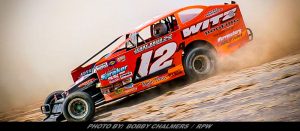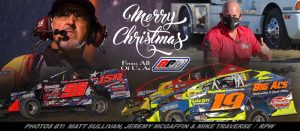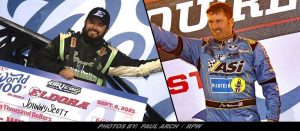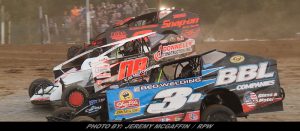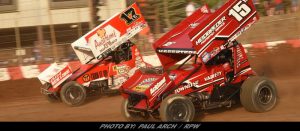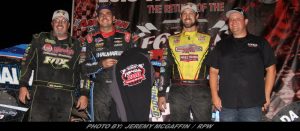Safety In Racing: The Evolution Of The Crash
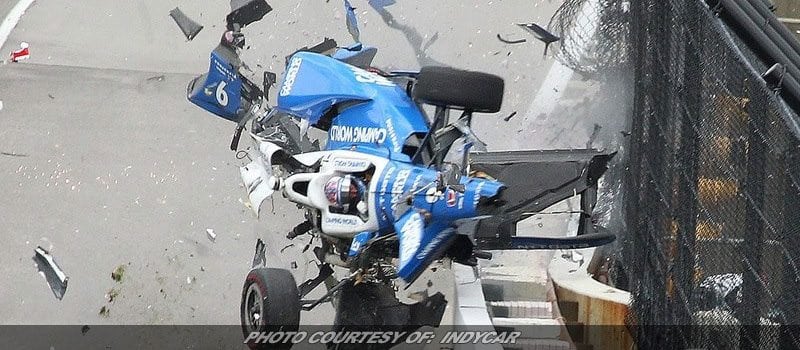
Column BY: JOHN DOUGLAS / RPW – VERNON, NY – “I’m going to celebrate that accident because so many bad things could’ve happened yet everything that had been engineered did exactly what it should’ve done.”
That was the sentiment of Indianapolis 500 winner Eddie Cheever Jr. as he reflected on Scott Dixon’s wild ride in Sunday’s 101st running of the Indy 500. So many times though, it hasn’t turned out to be such a positive result. Through hard work, intelligence and years of experience and data, most forms of major Motorsports have become incredibly safe compared to the by gone age of shade tree mechanical engineering.
It’s not enough to say someone got lucky anymore. These machines and the tracks they race on have been massaged to the very pinnacle of what their rule books allow. Not just in speed and performance, but in possibly the most important aspect of all. Preservation of life.
When one looks at what happened to Scott Dixon on Sunday, we should look back to 2011. It was the final race of the IndyCar season and Dan Wheldon was racing for $5 million in bonus money if he could win at the high banks of Las Vegas Motor Speedway. Sadly Wheldon lost his life when the car he was driving struck the catch fencing cockpit first.
Fast forward to the 2017 Indy 500 and the very car Wheldon had been helping to test and prepare for the 2012 season saved Scott Dixon’s life in a similar scenario. Dixon’s car launched skyward off the front of Jay Howard’s No. 77 entry, which led to the eventual landing on top of the SAFER barrier. At the same time, Dixon’s cockpit was facing toward the infield as his rear end dug into the catch fence lining the inside wall. Dixon hurried to climb out of his cockpit and gingerly make his way to the ambulance on a sprained ankle.
What was different? How did Dixon walk away with such little injury?
Higher cockpit sidewalls, a newer more safety-minded center section or “tub” as it is known was developed. More crush zones for side impact and so many other fine details were all added or changed to improve safety to another level. It all worked.
Dixon’s car broke nearly in half. While a scary sight, what we really saw was energy disipating. Energy that wasn’t going through the driver’s body. Each and every piece of debris laying on the track surface represented some amount of impact Dixon didn’t have to endure himself.
The most important part of the car, the cockpit, not only stayed intact, but took a nearly direct hit from the top of the SAFER barrier as the car landed. The side pod did its job as it deformed then broke away from the car softening the blow. The sidewalls of the cockpit protected Dixon’s head from impacting the wall or safety fence, while his HANS (Head and Neck Safety) device kept his spine in proper alignment.
It wasn’t like that 50 years ago. A crash like that would have had unfathomable consequences. People who watched the activity at Indianapolis during the month of May got a direct comparison to the past as Sebastien Bourdais took a heavy hit into the turn two wall nearly head on. Gordon Smiley had a nearly identical accident in the same spot 34 years ago. It had far worse results.
Smiley ‘s car lost control mid corner slamming into the outside turn 2 wall, bursting into flames. Smiley was instantly killed in the crash as his entire car disintegrated around him.
Bourdais car broke apart, but in a way engineers had designed it to. The center section of the car again stayed intact, protecting the driver from the elements of the accident. Bourdais did break two ribs, his hip and pelvis but without the safety built into modern Indy Cars, we would have been witnessing Smiley’s crash all over again.
Smiley’s accident and too many others like it brought about a safety fuel cell that now prevents fire from happening at all in many scenarios.
Racing is in a good place now. Drivers exit their machines after breath-taking accidents only to give an interview, like Dixon’s on Sunday, that seems almost arbitrary. Dixon thanked his sponsors, thanked the fans and thanked the safety crews before retreating to his home where he took a selfie for social media.
The latest concern has been with more cockpit safety. Should they add a canopy or HALO type system or leave things traditional, with open cockpits that expose a driver’s head. That itself is a whole other discussion we won’t get into in this story but it does illustrate that the search for safety is never-ending. For all the cliche` remarks about safety in Motorsports the onus rings true. Safety is an ever evolving thing. The search for new innovative ways to protect drivers and fans from harm during events that are meant to be fun is a high priority with sanctioning bodies and tracks alike.
Thankfully we’ve come a long way in less than 50 years and Scott Dixon, Sebastien Bourdais and many others will live to compete again.


